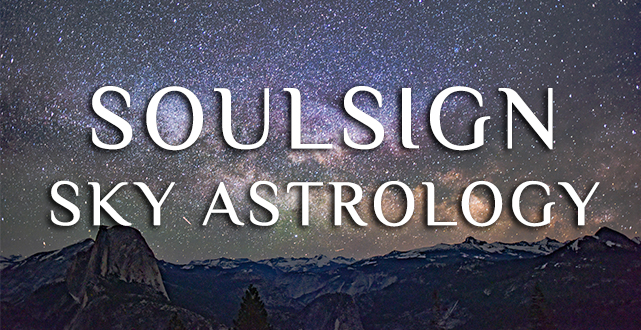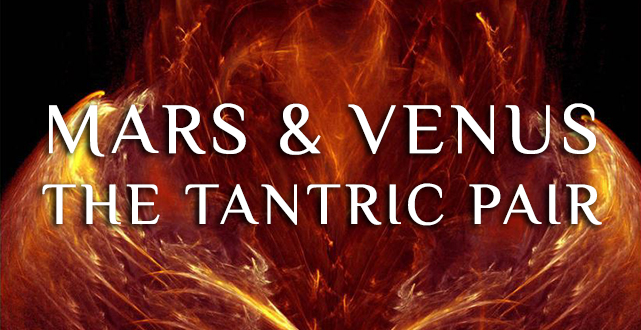The following review of The Light of Venus appeared in the Dec 2012/Jan 2013 issue of The Mountain Astrologer. It is reprinted here with permission.

It is important to understand Gainsburg’s principal premises:
- The interpretation of Venus includes the feminine principle, but this principle relates less to gender issues than to the projection of the feminine journey into the world, regardless of the native’s gender.
- The interpretation of Venus involves not only (or even mainly) its sign position and traditional astrological delineation, but also its phase relation to, primarily, the Sun and also the Moon.
He begins his book with the oldest stream of Western astrology—the Babylonians—and their fundamental distinction between morning sky Venus and evening sky Venus, and the steps of going from one to the other. The Babylonians worked out the astronomical components of the cycle: from disappearance in the evening sky, to first appearance in the morning with Venus retrograde (heliacal rise), to station direct, maximum brightness, maximum elongation, gradual return toward the Sun, to disappearance in the morning sky (heliacal setting), and then first appearance in the evening (heliacal rise), increasing elongation from the Sun, to maximum elongation, maximum brightness, then station retrograde, and the last appearance (heliacal setting). We also recognize that, within this system, an excellent candidate for the beginning of the cycle is the retrograde (interior) conjunction of Venus with the Sun, in the period before Venus emerges as a morning star, and the phase transition is the direct conjunction of Venus with the Sun (superior), before Venus emerges as an evening star.
Gainsburg recognizes thirteen phases within this cycle, a larger number than the Babylonians considered. He concludes, from his client work, that there is a need for more than the eight stages commonly used. The bulk of the book consists of detailed delineation of these stages. Since it would be difficult in such a short review to cover this specifically, let me instead address why an astrologer should be interested in viewing a planet from a complete different perspective in the first place.
Gainsburg is hardly the first to attempt to bring a discussion of the feminine beyond simply gender issues: This work is a logical extension of Jung’s work on the animus and anima. Gainsburg defines the Feminine Principle using these keywords: “The Flow of Love & Light, Creation & Dissolution, Attraction & Communion, Fullness & Wholeness, and Compassion & Wisdom.” He further works with two key myths—the Babylonian goddess Inanna and the Vedic shakti—to describe processes essential to all humans: our links to each other and the development of these feminine qualities within ourselves. True to this ideal, the author distinguishes the principle within all of us that is feminine but not gender-bound as our dharma, i.e., how we work through these principles within the world. He believes that these broader issues of Venus are not fully unlocked by using the standard astrological approach.
The full phase analysis of Venus brings a series of astronomical qualities of Venus to the table: the use and interpretation of Venus as a morning or evening star, the use and interpretation of whether Venus is becoming faster or slower, and the use and interpretation of whether Venus is becoming brighter or dimmer. All these considerations address not only how Venus looks, but also how Venus is changing in the sky. By the consistent use of the same criteria as they apply to the sequential phases, Gainsburg presents a logical system to derive how such a changing Venus should act.
The first part of the book, the Prologue, explains the theory behind his interpretations and also gives a brief historical introduction to the astronomy from which it is derived. The bulk of the book (134 pages) presents the phases in detail, including both the astronomy and astrology of each phase. The following Section III, Venus Phase Dates 1900-2100, lists the dates that the phases change during this period. I might add that this section is absolutely essential. The novice to this method will be unsuccessful at finding the cycles for many of the stages from the ephemeris. Like probably anyone else, I began by checking my own and my partner’s Venus phase, but I tried this from the ephemeris and was off by one stage each, because I began with an erroneous assumption about daily motion. So, go directly to the tables! Phases for a longer period of time can be obtained from Gainsburg’s own software program, Sky Engine (www.skyengine.us). (Some of the data are also in the Sirius and Timaeus software.)
A series of appendices follows these sections, addressing the professional astrologer and providing more detail about the definition of femininity, phase summaries, and meditation images for the phases, as well as additional information about interpreting Venus (both individually and with the Moon), Venus-Moon conjunction tables, archetypes, and finally, the famous eight-year Venus cycle, in diagram and interpretation. There is a list of references.
The book is written to be accessible to both the professional astrologer and the novice, although the language appears most suited to the astrologer who follows one of the Rudhyar lineages. How successful is this book at its mission? It is very hard to produce a comprehensive work on an entirely new approach that represents one author’s point of view. Gainsburg is quite successful from the standpoint of creating a work with enough internal reference material to allow readers to fully evaluate the technique. When he is able to publish a fuller ephemeris of Venus in the future, we can continue to study this material in historical time.
The size of the work unfortunately allows only one chart example, and the approach is purely natal; it does not incorporate how these techniques could be applied to, for example, progressions or transits, not to mention in a mundane sphere. The development of this method should be an exciting prospect for the next few decades.”
J. Lee Lehman, Ph. D.
The Mountain Astrologer
December 2012/January 2013






